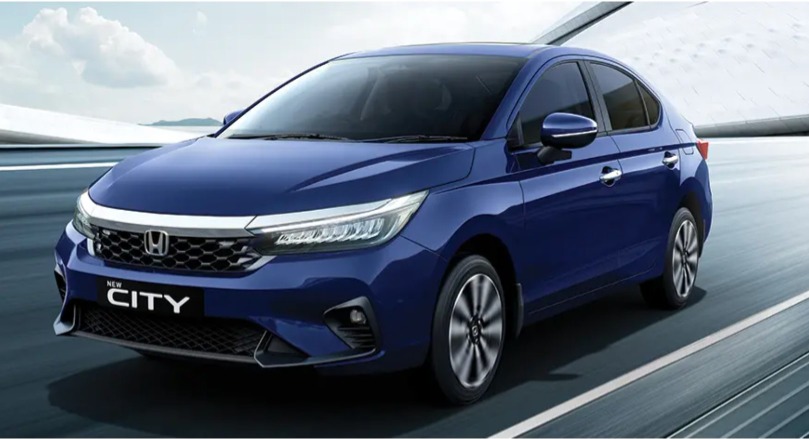There are no items in your cart
Add More
Add More
| Item Details | Price | ||
|---|---|---|---|



Honda’s declining sales in India have raised questions about whether the company has the right strategy for one of the world’s fastest-growing car markets. Despite India’s large and young population, rising incomes, and growing automotive industry, Honda seems to be struggling. This article explores if Honda's approach is suitable for India, examines whether sales volume is the best measure for prioritizing markets, and provides key lessons for multinationals following a similar path.
Once a leader in India’s mid-size sedan market with its popular Honda City, Honda Cars India now finds itself in trouble. The Honda City’s market share has fallen to 20% in FY25, down from 41% in December 2020. The decline is largely due to the growing preference for SUVs, which have taken over the Indian car market. While other brands quickly shifted their focus to SUVs, Honda was slow to respond.

Source: ET Prime "India’s sedan king is losing power. Things it needs to do before it’s too late."
Honda has been betting on petrol models and recently exited the diesel market, with its first electric vehicle not expected until 2026. The company introduced its new SUV, the Elevate, to win back customers, but the results have been underwhelming. Sales started strong but have since tapered off, showing that Honda’s shift was perhaps too little, too late.

Source: ET Prime "India’s sedan king is losing power. Things it needs to do before it’s too late."
To counter falling domestic sales, Honda has turned its attention to exports. In August 2024, domestic sales dropped by 32%, but exports rose sharply by 166%. This move reflects a broader strategy to rely more on international markets, signalling a shift away from focusing on India’s local market growth
Many companies, including Honda, often prioritize markets based on sales volume. However, relying solely on this metric can be risky, especially in dynamic and diverse markets like India. While sales numbers are important, they don’t tell the whole story. Understanding customer needs, market trends, and brand perception are equally critical.
Honda’s recent push towards SUVs and its export strategy seem more reactive than proactive. It feels like the company is trying to catch up rather than leading the market. Despite Honda’s brand strength, its slow adaptation to changing consumer preferences has allowed competitors to fill the gaps.
Focusing mainly on exports, while helpful in the short term, might undermine Honda’s long-term presence in India. It’s clear that Honda needs to do more than just count sales— it needs to understand why those sales are falling and adapt quickly to meet local demands.
Honda’s journey in India is a cautionary tale for multinationals about the risks of failing to adapt to changing market conditions. By focusing too much on sales volume and exports, Honda missed an opportunity to strengthen its position in one of the world’s largest and most dynamic car markets. For Honda to reclaim its place, it must broaden its product range, invest in new technologies, and realign its strategy to meet the needs of Indian consumers. Other multinationals can learn from Honda’s mistakes: success in India requires agility, an understanding of market trends, and the ability to continuously innovate. The Indian automotive market is full of potential, but it rewards those who can adapt quickly and offer what consumers want. Honda’s story serves as a reminder that a successful strategy needs to go beyond just numbers—it needs to capture the hearts and minds of local customers, and that requires a deeper, more nuanced approach.

Vinayak Buche
Vinayak is the founder of Conlear Education.